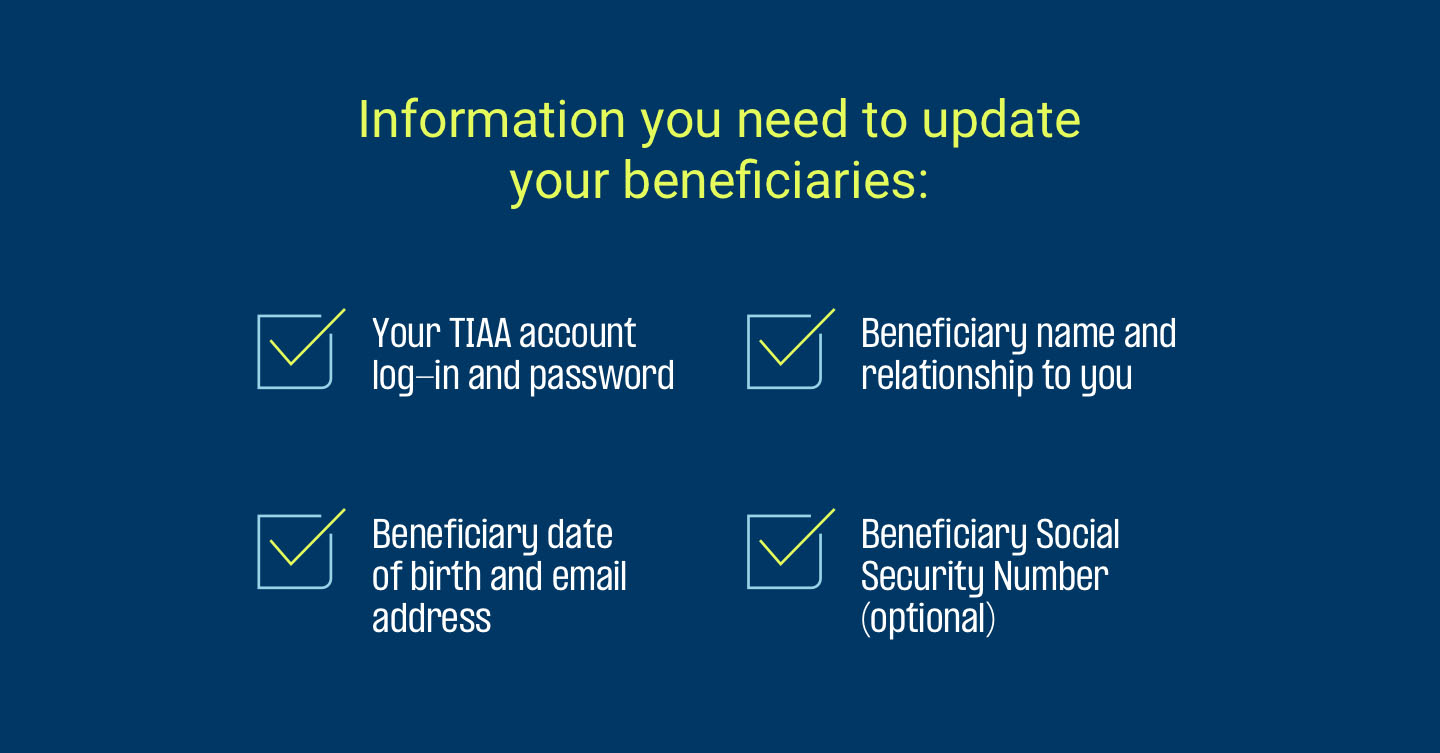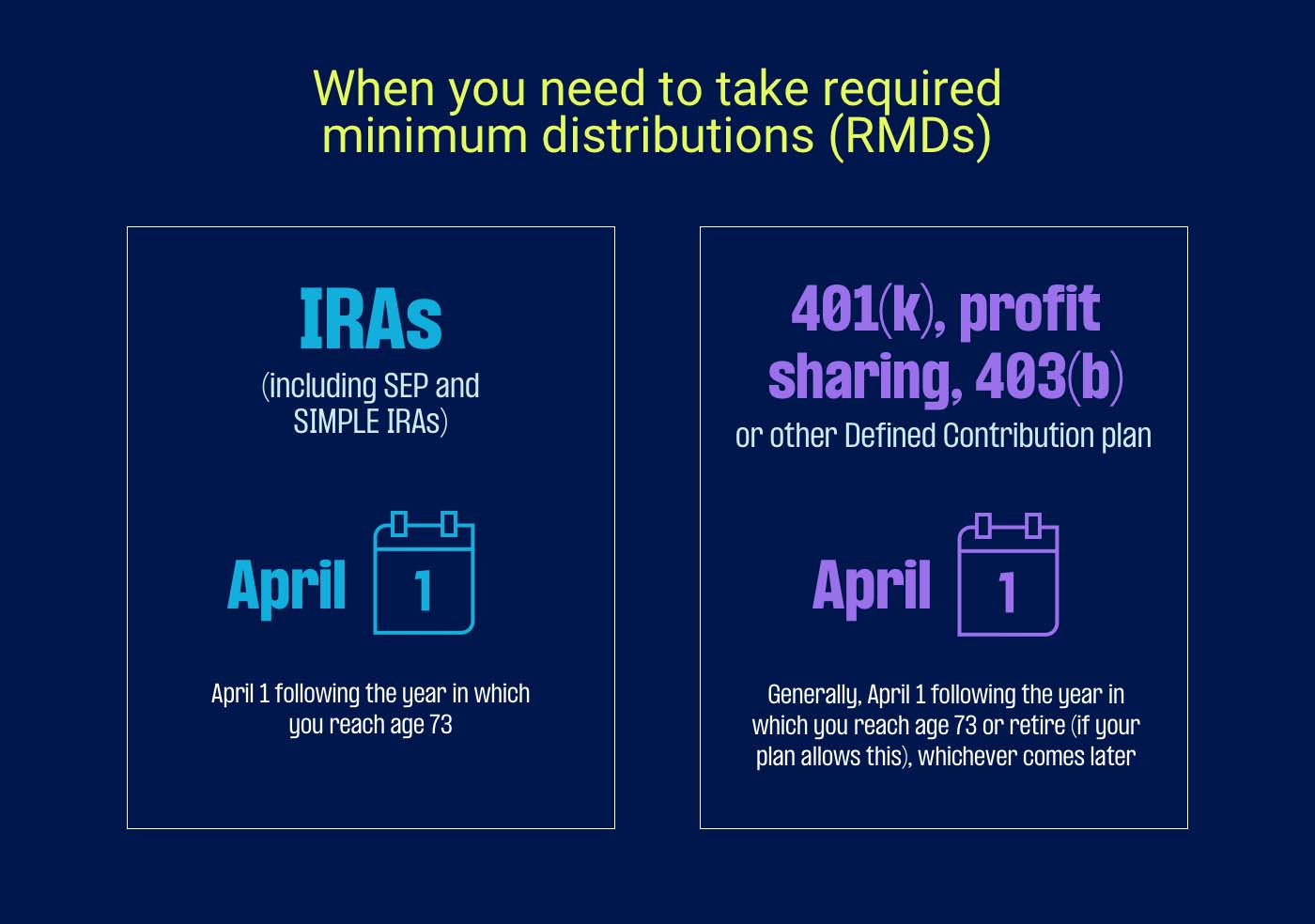Move #1: Take your workplace retirement plan contributions to the max
For 2024, the IRS has announced a $500 increase in the contribution limits for 403(b)s and 401(k)s up to $23,000.* Contributing as close to this maximum as possible is a great way to stay or get on track for your retirement goals. And while your financial circumstances may mean hitting the max isn’t realistic, increasing your contribution with an eye on getting to there eventually is a good strategy. Given the power of compounding returns—and the fact that many employers offer matching contributions—every dollar you contribute now could mean many more in retirement.

